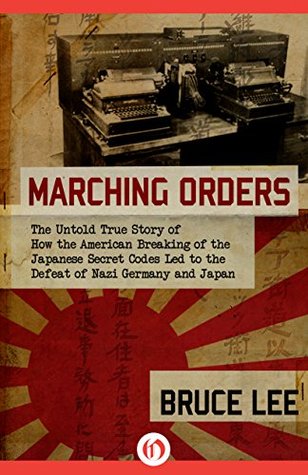In 1924, a young lieutenant, thirty-one-year-old Laurence C. Safford, is ordered to head up a radio intelligence unit, and he begins building up a radio intercept network. By the late 1930s, the U.S. Navy’s cryptological organization numbers seven hundred officers and enlisted personnel (more than double the Army’s manpower), and it has listening posts (intercept stations) in Washington State,
Welcome back. Just a moment while we sign you in to your Goodreads account.


